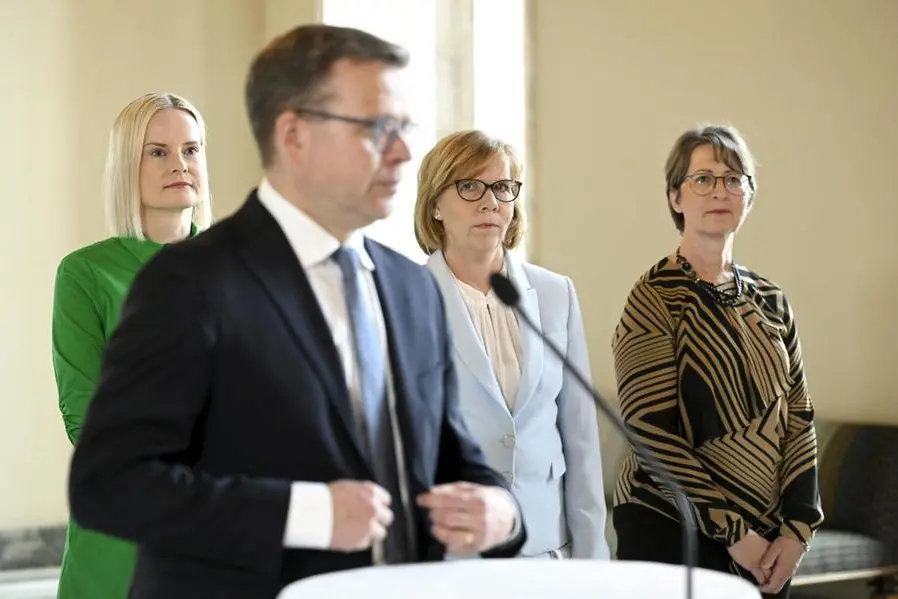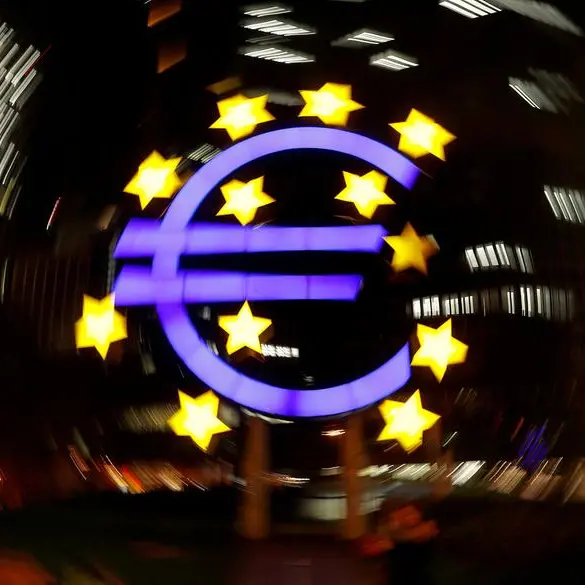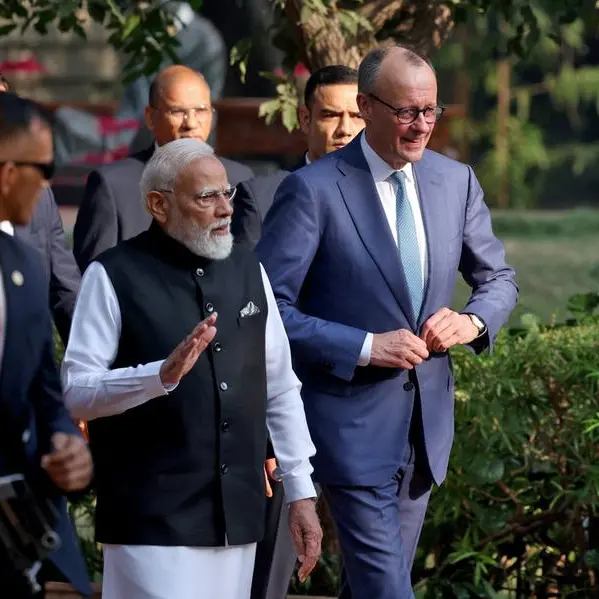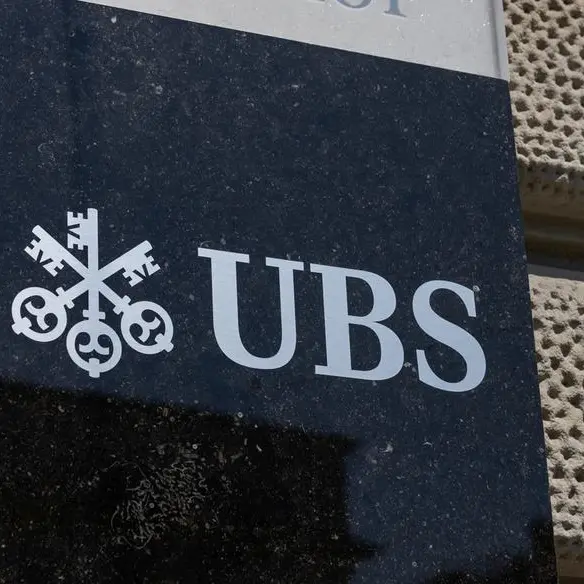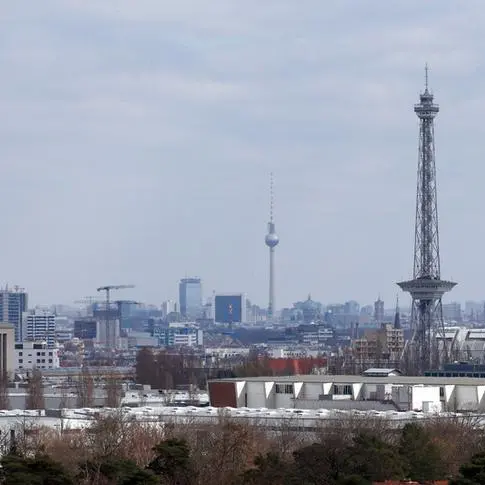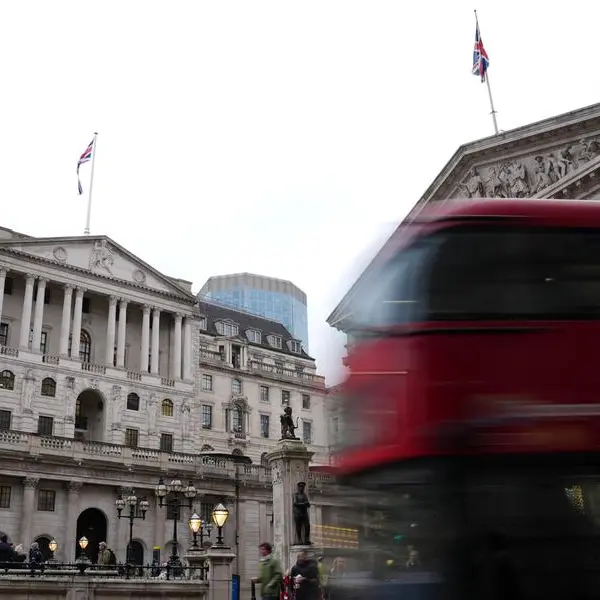PHOTO
Conservative politician Petteri Orpo, who won Finland's April general election, said Thursday he plans to form a coalition government that includes the far-right runner-up Finns Party.
The Finns inclusion in negotiations raises the possibility the anti-immigration party, which took just over 20 percent of the vote, could for the second time join a ruling coalition.
Formal talks open on May 2 between Orpo's National Coalition Party, the Finns Party, the Swedish People's Party and the Christian Democrats, Orpo told reporters.
The negotiations, which typically take around a month, are expected to be difficult, as the Finns Party's hard line on immigration and scepticism towards Finland's climate targets has caused friction among the right-wing parties.
If he succeeds in drafting a government programme supported by all four parties, the coalition would secure a majority of 108 seats out of 200 in parliament.
In March, the leader of the Swedish People's Party, Anna-Maja Henriksson, said her party would not participate in a government that pursues the policies of the Finns Party, emphasising the importance of attracting labour migrants to Finland.
While other political parties view immigration as a solution to Finland's ageing populace, the Finns Party has taken a more stringent stance.
It attributes increasing juvenile crime to migrants and has actively campaigned against immigration.
Finns Party leader Riikka Purra said Thursday that "immigration that is a threat to both security and the economy" was a very important topic for her party, but noted that it was not opposed to all forms of immigration.
"This is a matter for negotiation. There are certainly things we can agree on in the area of labour immigration," she told reporters.
The Finns Party served in a centre-right government with the National Coalition from 2015 to 2017 but that collaboration ended when the Finns Party split into two groups -- a moderate and a hard-line faction.
Currently, only the hard-liners remain in parliament, having secured the position of the second-largest party in the 2019 election.
The Finns Party's objectives include a long-term goal of exiting the EU and postponing Finland's aim of achieving carbon neutrality by 2035.
- Economy first -
Despite the differences over immigration, climate and EU policy, Orpo said he believed the four parties would be able to reach an agreement.
"There are of course differences between the parties. But following (preliminary) negotiations we collectively feel that the issues can be resolved," he said.
Orpo's alternative would have been a cooperation with outgoing Prime Minister Sanna Marin's Social Democrats.
A "blue-red" government with the Social Democrats and the National Coalition -- not uncommon in Finland -- would have also been easier for smaller parties to join.
But Orpo said that the former government partners' differences on economic policy were "so great that the parties now selected are much closer to each other."
A blue-red government could also have posed problems "from a democratic point of view, because the Finns Party has done really well in the elections," Karina Jutila, director of E2 research institute, explained to AFP in April.
Orpo's election campaign focused primarily on calls for budget austerity, and he now appears willing to compromise in other areas in order to secure support for his six billion euro ($6.5 billion) savings plan.
Marin had slammed his plan as "taking from the poor to give to the rich".
While the Social Democrats would have been a "tried and tested" partner, the Finns Party could prove "unpredictable," political scientist Mikko Majander from think tank Magma told AFP.
He noted that its voter base could have a hard time accepting budget austerity.
In the April elections, the incumbent Social Democrats fell to third place with 43 seats, behind the National Coalition with 48 seats and the far-right with 46.
